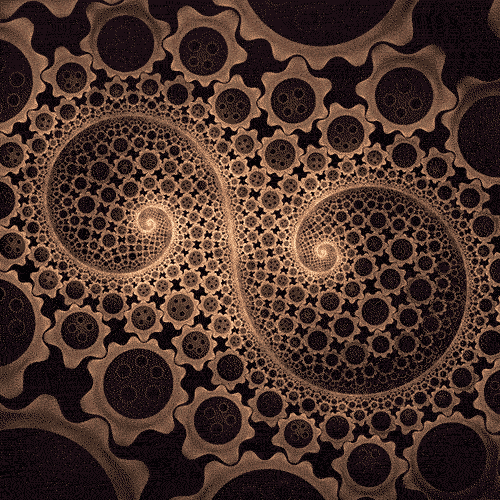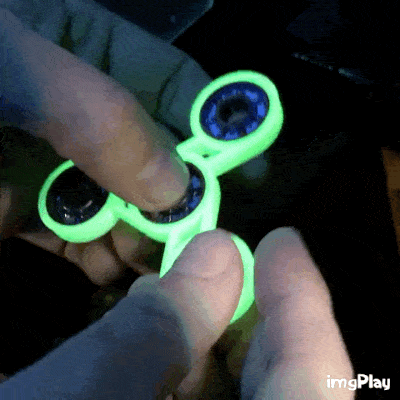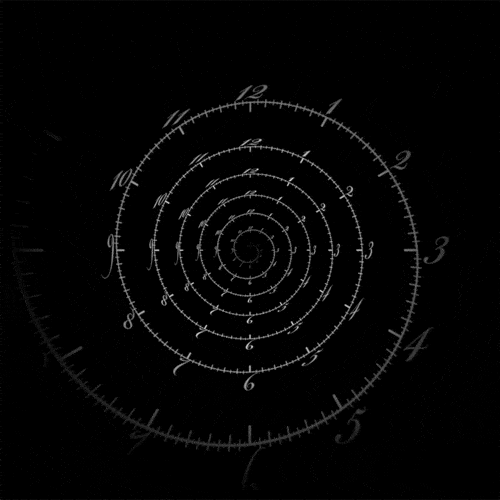Time Slices: How we process reality

In this article, I will be writing about the phenomenon of time, and specifically how we process it and how it displays our reality. It is common knowledge that time is relative, but how and why?
CONSCIOUSNESS AND BRAIN PROCESSING OF EVENTS
Before anything else, I want to explain that consciousness is not a ceaseless and continuous phenomenon. Reality FEELS like a nonstop stream of events, but this is because our capacity for awareness is less than the brain resolution rate. As William H. Calvin explains: the sense of continuity occurs because the minimal increment of difference to discern “now,” which is around 50 milliseconds, exceeds the threshold of resolution.
In 1989, Nobel laureate Gerald M. Edelman determined the process known as “”Temporal Summations”". These are the temporal patterns in which neurons process information, which is afterward known as "experience". The brain has a "scanner" of transcerebral and coherent electromagnetic waves moving from the front towards the back of the brain itself. The usual range of this scanner is between 10 to 20 milliseconds. Therefore, the brain processes the input from our environment into “time packets” or “time slices” of about 10 to 20 milliseconds.
Dr. Michael Persinger established that this rate is optimal for our brain and consciousness. The brain can only process a determinate rate of slices, and if the slices of time are too much -therefore thinner-, then we could barely detect anything; also, if the slices are too thick then we would be overloaded by the overall input.

THE TWO-STEP PROCESSING OF A PERCEPT
A recent study made by Herzog, Kammer, and Scharnowski in 2016 determines that the processing and awareness of events happen in two stages. This means that there's a lag from when we first experience something, to when we're actually aware of it. During the first phase, the brain processes specific features of an object (like color or shape), and the second stage is the transference of the stimulus to actual conscious perception. These bits of information are known as qualia, and are closely related to the Neural Correlates of Consciousness, of which I already wrote about at the Neuroscience of Consciousness post.
These scientists detected that the entire two-stage process can last up to 400 milliseconds, this is almost half a second, and certainly is much more than the minimal difference to discern 'now' (50 ms). It is clear that some processes need more time before becoming conscious.
RELATIVITY OF TIME
The relativity of time is manifested when any experience makes us feel like time is too slow or too fast, as a response of our attention and circumstances. Have you ever looked at a clock and the hand that displays the seconds seems stuck for like 2 or 3 seconds before moving to the next spot?

Another example is when you are playing a game, only 5 minutes are left to play, one team is winning by one goal (or point, touchdown, or whatever) and the other team is desperately trying to tie the game before the referee declares the end of it. Depending on which team you are on, time will either run too fast (losing team) or too slow (winning team). Both teams have full attention to the moment, but the mood and circumstances are opposite. The pace of time is not totally dependent on attention, but also on emotions.
HOW TO BE AWARE OF THE SLICES
A cool way to find out how this slices might be, is by observing a very fast rotating object, such as the helicopter blades, or a fidget spinner. We obviously can't see the continuous rotation due to its high speed, so our eyes and our brain can only process a limited number of frames, creating different patterns or illusions. For example, if the spinner is rotating clockwise, we might perceive that the object is rotating counterclockwise.

CONCLUSION
The brain has a scanner that processes events every 10 to 20 milliseconds, and this is less than our minimal 'now', which is 50 milliseconds. Dr. Michael Persinger determined that this is an optimal pace for our brain and our awareness. Also, there is an "unconscious processing" before being conscious of actual reality. Strictly speaking, our present is the continuous sum of processed packets of a reality that already happened some milliseconds ago.
Since Einstein, it is clear that time is relative. The faster you move through space, the less time you consume. But time can also be modulated according to mood, circumstances, and emotions.
